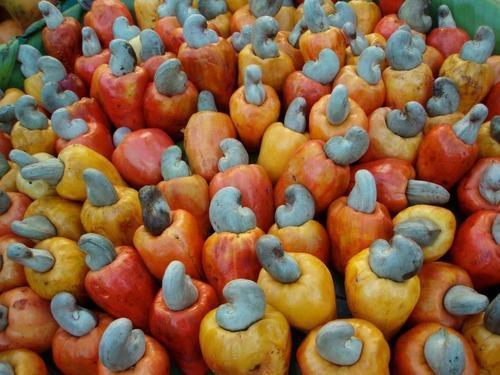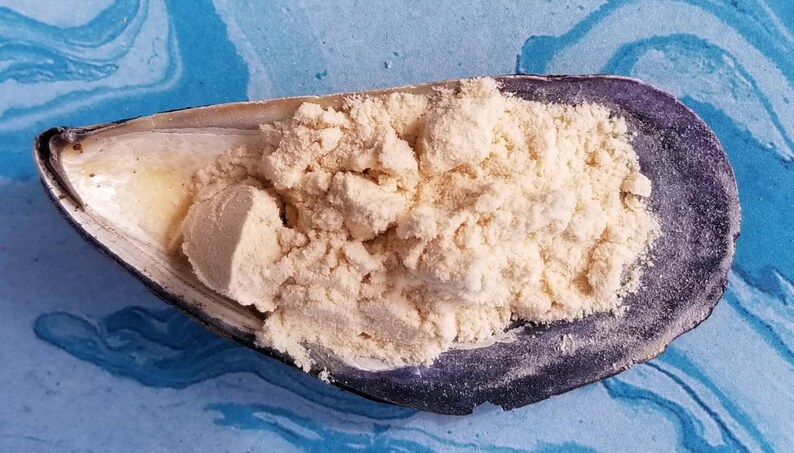

It is also used in powdered form in the preparation of several Indian sweets and desserts. Cashew nut and shellĬulinary uses for cashew seeds in snacking and cooking are similar to those for all tree seeds called nuts.Ĭashews are commonly used in Indian cuisine and Pakistani cuisine, whole for garnishing sweets or curries, or ground into a paste that forms a base of sauces for curries (e.g., korma), or some sweets (e.g., kaju barfi). From there, it spread throughout Southeast Asia and eventually Africa. While the cashew plant is native to northeast Brazil, the Portuguese took it to Goa, India, between 15. Some people are allergic to cashews, but cashews are a less frequent allergen than tree nuts or peanuts.
CASHEW APPLE BUY SKIN
The seed is surrounded by a double shell containing an allergenic phenolic resin, anacardic acid, a potent skin irritant chemically related to the better-known allergenic oil urushiol which is also a toxin found in the related poison ivy. Within the true fruit is a single seed, which is often considered a nut, in the culinary sense. The drupe develops first on the tree, and then the pedicel expands to become the cashew apple.

The true fruit of the cashew tree is a kidney or boxing-glove shaped drupe that grows at the end of the cashew apple. It is edible and has a strong "sweet" smell and taste. Called the cashew apple, better known in Central America as marañón, it ripens into a yellow or red structure about 5–11 cm (2.0–4.3 in) long.

What appears to be the fruit is an oval or pear-shaped structure, a hypocarpium, that develops from the pedicel and the receptacle of the cashew flower. The fruit of the cashew tree is an accessory fruit (sometimes called a pseudocarp or false fruit). The largest cashew tree in the world covers an area around 7,500 m 2(81,000 sq ft) it is located in Natal, Rio Grande do Norte, Brazil.

The flowers are produced in a panicle or corymb up to 26 cm (10 in) long each flower is small, pale green at first, then turning reddish, with five slender, acute petals 7–15 mm (0.28–0.59 in) long. The leaves are spirally arranged, leathery textured, elliptic to obovate, 4–22 cm (1.6–8.7 in) long and 2–15 cm (0.79–5.91 in) broad, with smooth margins. The cashew tree is large and evergreen, growing to 14 m (46 ft) tall, with a short, often irregularly shaped trunk. The generic name "Anacardium" (derived from Greek ἀνά (aná), meaning "outside," and καρδία (kardía), meaning "heart", refers to the unusual location of the seed (the heart) outside of the fruit. Its English name derives from the Portuguese name for the fruit of the cashew tree caju (Portuguese pronunciation: ), which itself is derived from the Tupian word acajú, literally meaning "nut that produces itself". The cashew apple is a light reddish to yellow fruit, whose pulp can be processed into a sweet, astringent fruit drink or distilled into liquor. The shell of the cashew seed yields derivatives that can be used in many applications including lubricants, waterproofing, paints, and arms production, starting in World War II. It is eaten on its own, used in recipes, or processed into cashew cheese or cashew butter. The cashew seed, often simply called a cashew, is widely consumed. In 2017, Vietnam, India, and Ivory Coast were the major producers. Portuguese colonists in Brazil began exporting cashew nuts as early as the 1550s. The species is native to Central America, the Caribbean Islands, and northern South America. It can grow as high as 14 m (46 ft), but the dwarf cashew, growing up to 6 m (20 ft), has proved more profitable, with earlier maturity and higher yields. The cashew tree ( Anacardium occidentale) is a tropical evergreen tree that produces the cashew seed and the cashew apple.


 0 kommentar(er)
0 kommentar(er)
